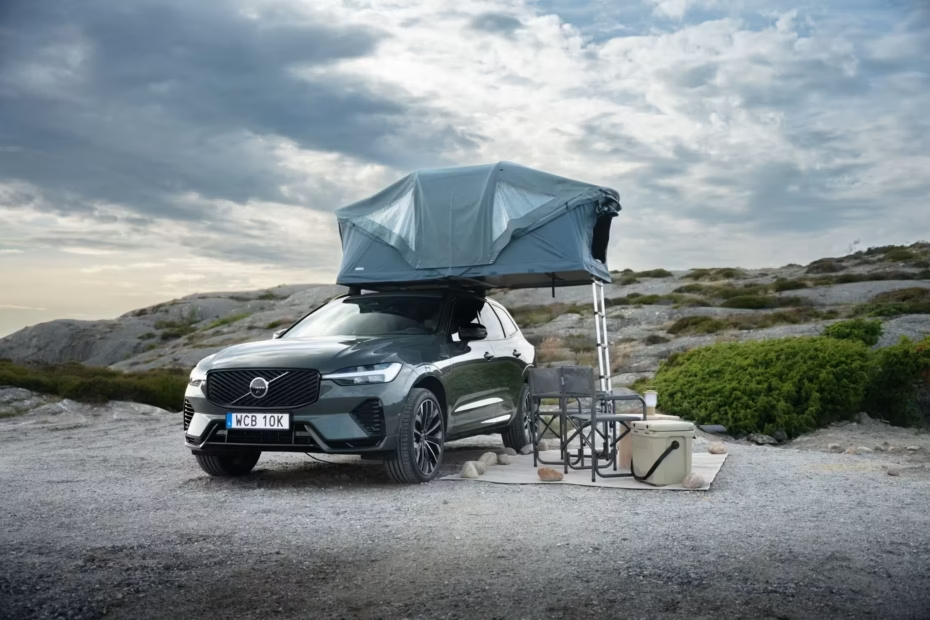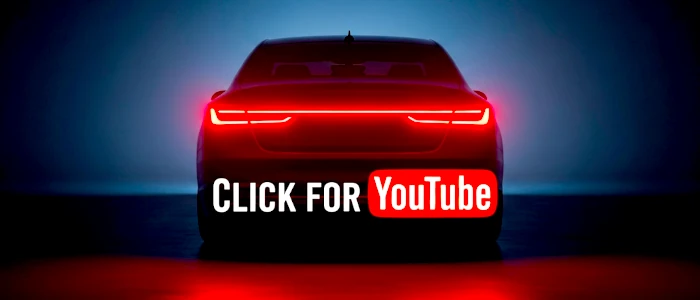If you’re looking for a premium SUV that won’t make you look bad at your friends’ gatherings, the 2026 Volvo XC60 arrives with more style, power, and technology than ever before. And get ready: I’m going to break down everything this car does, and especially, everything it doesn’t. If you’re thinking of spending your hard-earned money, read to the end so you don’t regret it later!
What Are the Main New Features of the 2026 Volvo XC60?
Let’s get straight to the point: the 2026 Volvo XC60 has undergone a significant facelift. The front end looks more modern and sporty, with chrome accents replaced by gloss black details, wheels up to 21 inches, and a color palette that would make even the most pretentious rival envious. There’s even Forest Lake green and an Aurora Silver for those who want to break the mold.
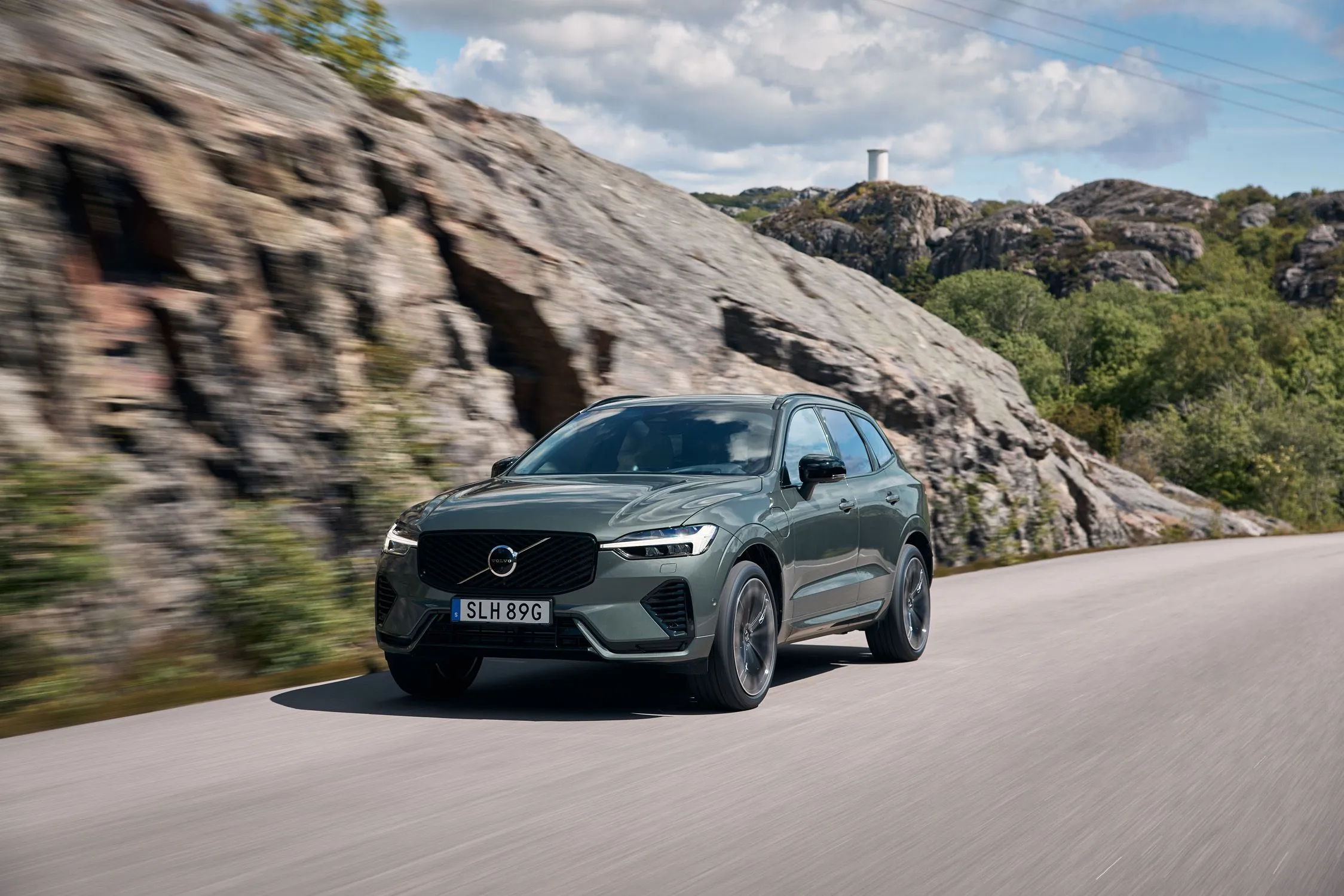
Inside, the new XC60’s technology level will annoy competitors and impress even those who don’t care much for gadgets. It features a Google-integrated infotainment system, a 11.2-inch vertical touchscreen, faster graphics thanks to the Snapdragon Cockpit, and acoustic insulation worthy of a luxury car. If comfort is your priority, the seats now have sustainable Nordic fabric, and the cabin is even quieter – you can thank us later.
How Does the New XC60’s Engine and Trim Range Work?
Here’s where the controversy begins: Volvo has decided to go all-in on electrification, but not equally for everyone. In various markets, the SUV is offered with both the B5 mild-hybrid (turbocharged gasoline, 2.0L, 247-250 hp, all-wheel drive) and the T8 Plug-in Hybrid Recharge (2.0L turbo + rear electric motor, 462 hp, 709 Nm, electric-only range up to 48 miles). There’s a mild-hybrid version for those seeking fuel efficiency and a plug-in for those not afraid to accelerate hard without worrying too much about range. In more restricted markets, only the T8 plug-in hybrid is available – so pay attention before you buy.
The Plus, Ultra, Ultra Dark, and Polestar Engineered trims have minor visual differences but offer very different equipment packages, including adaptive air suspension, Bowers & Wilkins sound system, massaging seats, forged alloy wheels, and Polestar details that will give your status a boost. Not bad at all.
Is the 2026 Volvo XC60 Good to Drive or Just for Show?
The B5 mild-hybrid goes from 0 to 60 mph in about 6.9 seconds, which is very decent for a family SUV and more efficient than you might imagine, consuming around 26 MPG (city/highway combined). The T8 Recharge, on the other hand, leaves many sports cars in the dust: 0 to 60 mph in 4.8 seconds and jaw-dropping efficiency. But, like everything in life, the price of this fun weighs on the wallet – expect to shell out somewhere between $82,000 and $97,000 depending on the package.
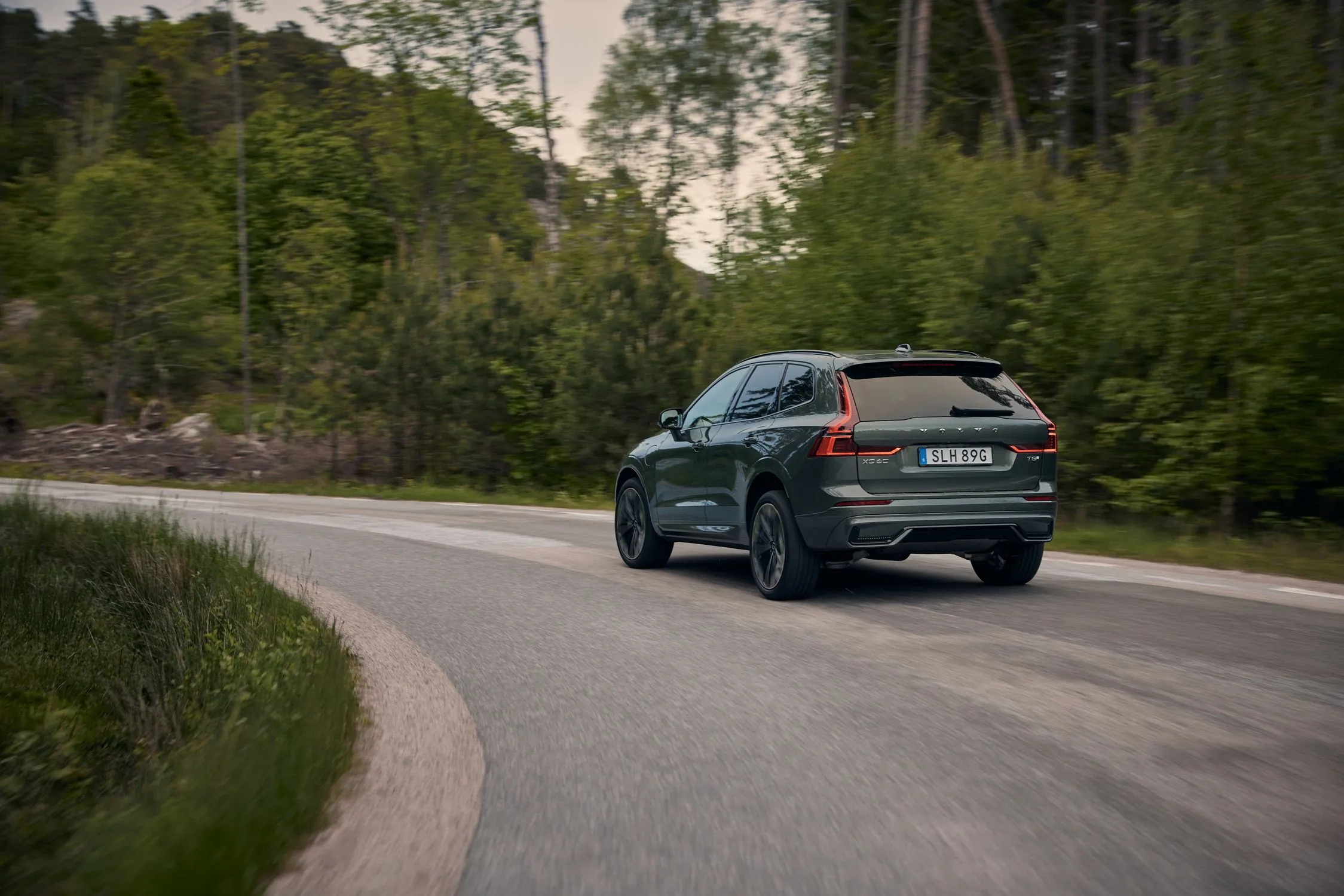
If you think that’s steep, get this drama: the trunk is smaller in the plug-in versions due to the battery (16.5 cubic feet), and the top speed is capped at 112 mph due to Volvo’s emphasis on safety. If you like to drive fast on the autobahn, this might be a dealbreaker.
What Safety and Technology Features Really Make a Difference?
No one buys a Volvo expecting an unsafe car. The XC60 upholds the tradition: robust platform, ultra-high-strength steel, autonomous braking systems (City Safety), lane departure and intrusion mitigation, blind-spot assist (BLIS), and even semi-autonomous driving mode (Pilot Assist) to reduce fatigue on the road. It’s all there, even for those who don’t trust their own building superintendent.
The new Google-powered infotainment system offers fast responses and integrates navigation, music, and voice commands seamlessly. For the skeptics who doubt these technologies, a warning: they actually work. The improved acoustic insulation ensures more relaxing trips with the premium Bowers & Wilkins sound system – the same one that German rivals would love to have in their more basic versions.
How Does the 2026 XC60 Stack Up Against Direct Competitors?
Now for what matters: heavyweight competitors include the 2026 Hyundai Kona Hybrid (for those seeking efficient hybrids at a less pretentious price), Audi Q5 TFSI, BMW X3 xDrive30e, and Mercedes GLC 300e. The Audi has a modern cabin, but its PHEV is generally less powerful. The BMW offers a more engaging driving experience but falls short on electric range. The Mercedes has a top-notch finish, but its high price and complicated multimedia system can test the patience of even the most zen individual.
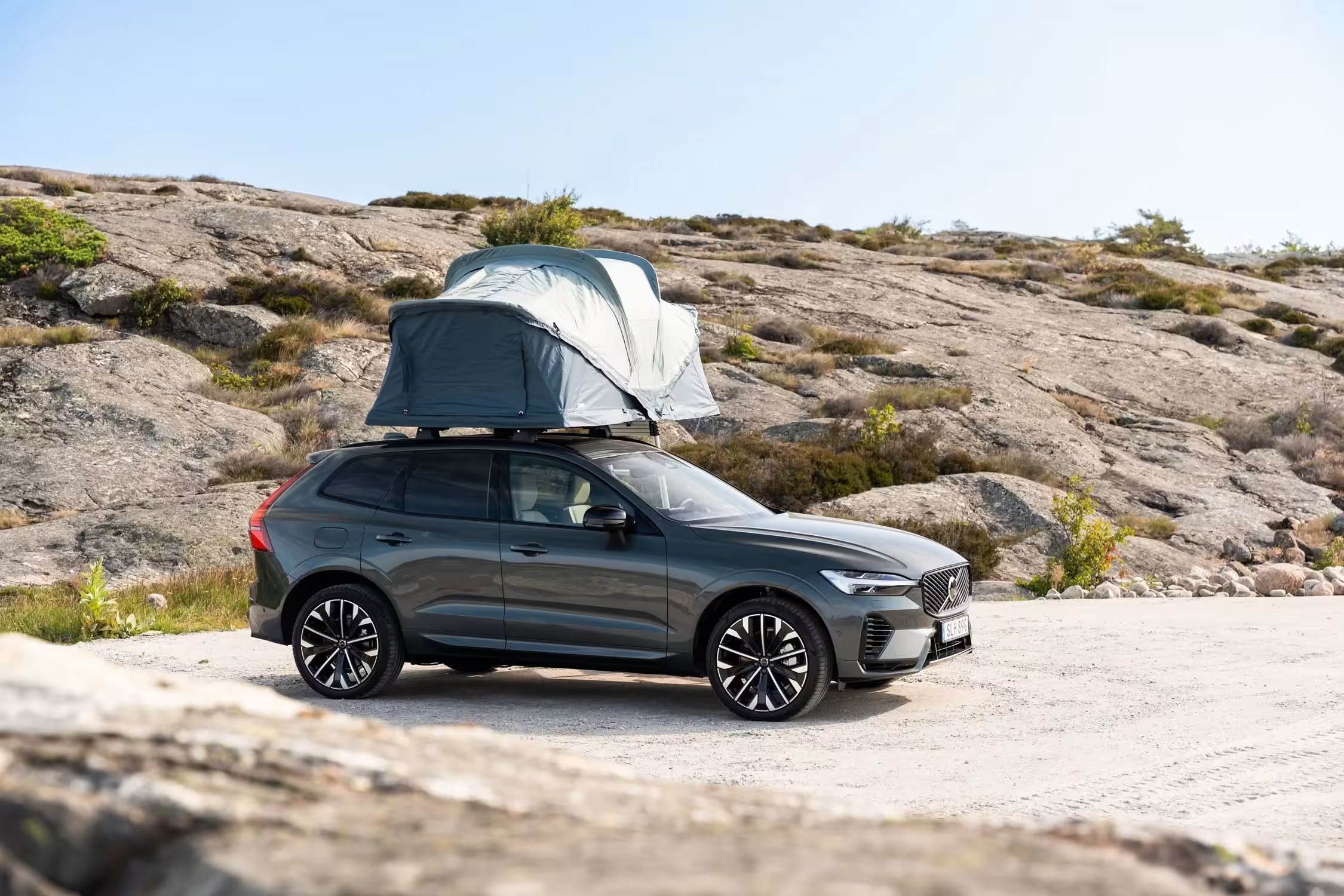
Comparison in Bullet Points:
- XC60: Safer, more powerful (T8 version), Google onboard technology.
- Audi Q5: Virtual Cockpit, minimalist style, less exciting PHEV.
- BMW X3: Sporty steering, PHEV range leaves something to be desired, conservative styling.
- Mercedes GLC: Above-average luxury, complex digital interface, sky-high price.
For those who like to know everything about premium launches, I recommend checking out the 2026 GMC Acadia Denali Ultimate, an SUV with international appeal and comfort technologies that might surprise you.
Is It Too Expensive or Does It Really Worth Every Dollar/Euro Invested?
Look, I won’t lie: the price of the 2026 Volvo XC60 is for a select few, and that puts direct pressure on German pedigree rivals. On the other hand, it delivers a package of safety, technology, and comfort that even those who turn up their noses at Volvo recognize – and pay for. The maintenance cost of a premium plug-in hybrid SUV remains high, and you need to consider this before rushing to the dealership.
If you’re one of those who dream of an electric hatchback that promises absurd range, you might also be interested in the 2025 MG4 EV. But if Swedish safety, robustness, and tradition still speak louder to you, the XC60 remains one of the best in its segment, despite the not-so-friendly entry prices.
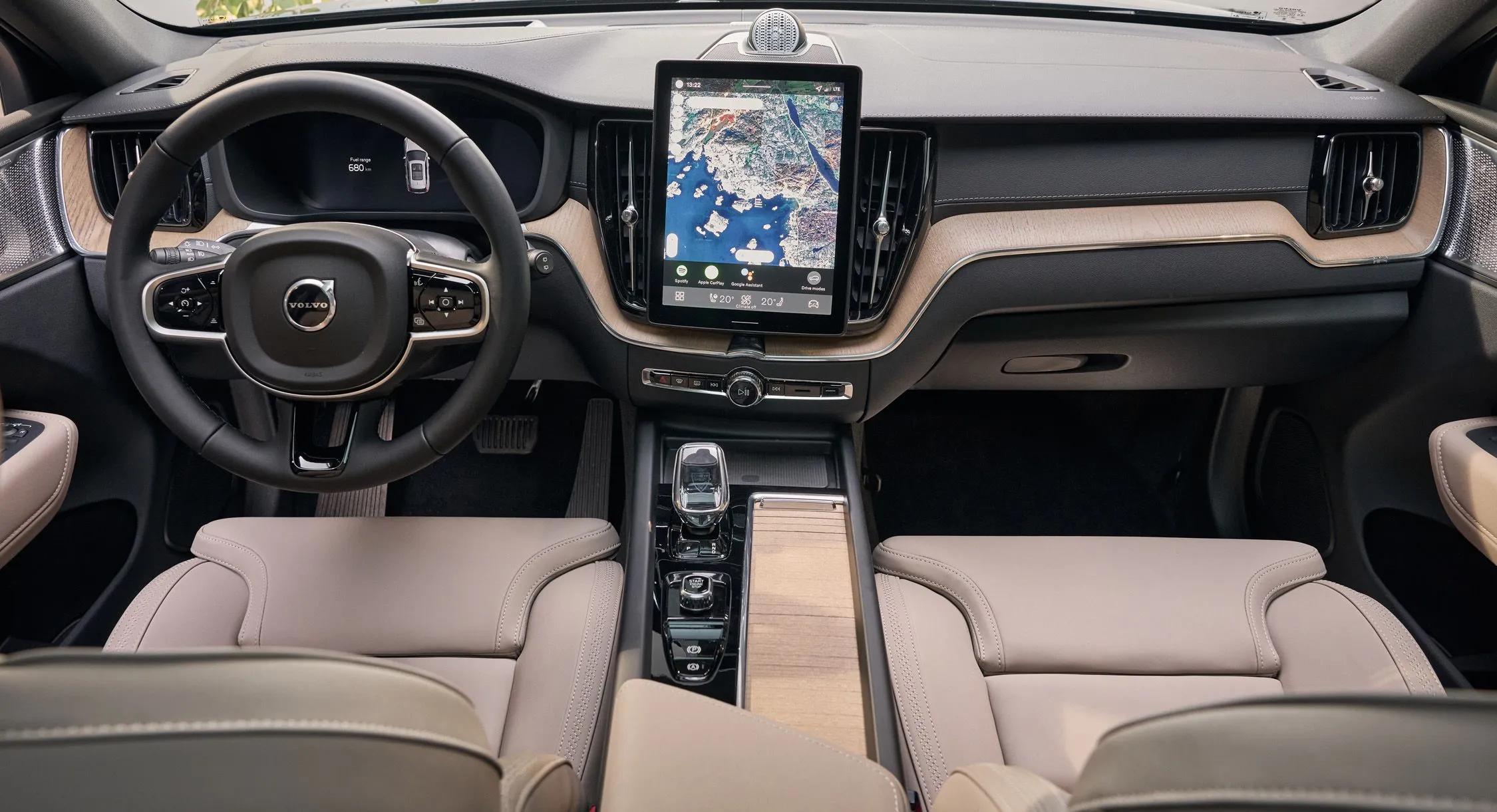
Pros of the 2026 XC60:
- Brutal performance of the T8 version, sports car acceleration.
- Safety standard that is a global benchmark.
- Renewed Scandinavian design with a premium aura.
- Google technologies and cutting-edge multimedia.
- Ride comfort typical of an executive sedan.
Cons of the 2026 XC60:
- High prices, especially for the PHEV.
- Smaller trunk in plug-in hybrid versions.
- Lack of engine diversity in certain markets.
- Maintenance costs above the average of conventional SUVs.
- Speed limited to 112 mph (can annoy enthusiasts).
What Are the Fuel Economy, Electric Range, and Dimensions?
For mild-hybrid powertrains, combined fuel consumption is around 26 MPG (city/highway combined), while the T8 plug-in hybrid delivers over 54 MPG in hybrid mode – figures that can vary with your driving style and road conditions. The electric range of nearly 50 miles depends on your usage, but it’s sufficient for most daily commutes without using gasoline.
In terms of size, the XC60 maintains its mid-to-large SUV dimensions: 186.5 inches in length, a generous wheelbase, and interior space that doesn’t disappoint for a family, even if the plug-in hybrid version’s trunk is smaller than ideal due to the battery.
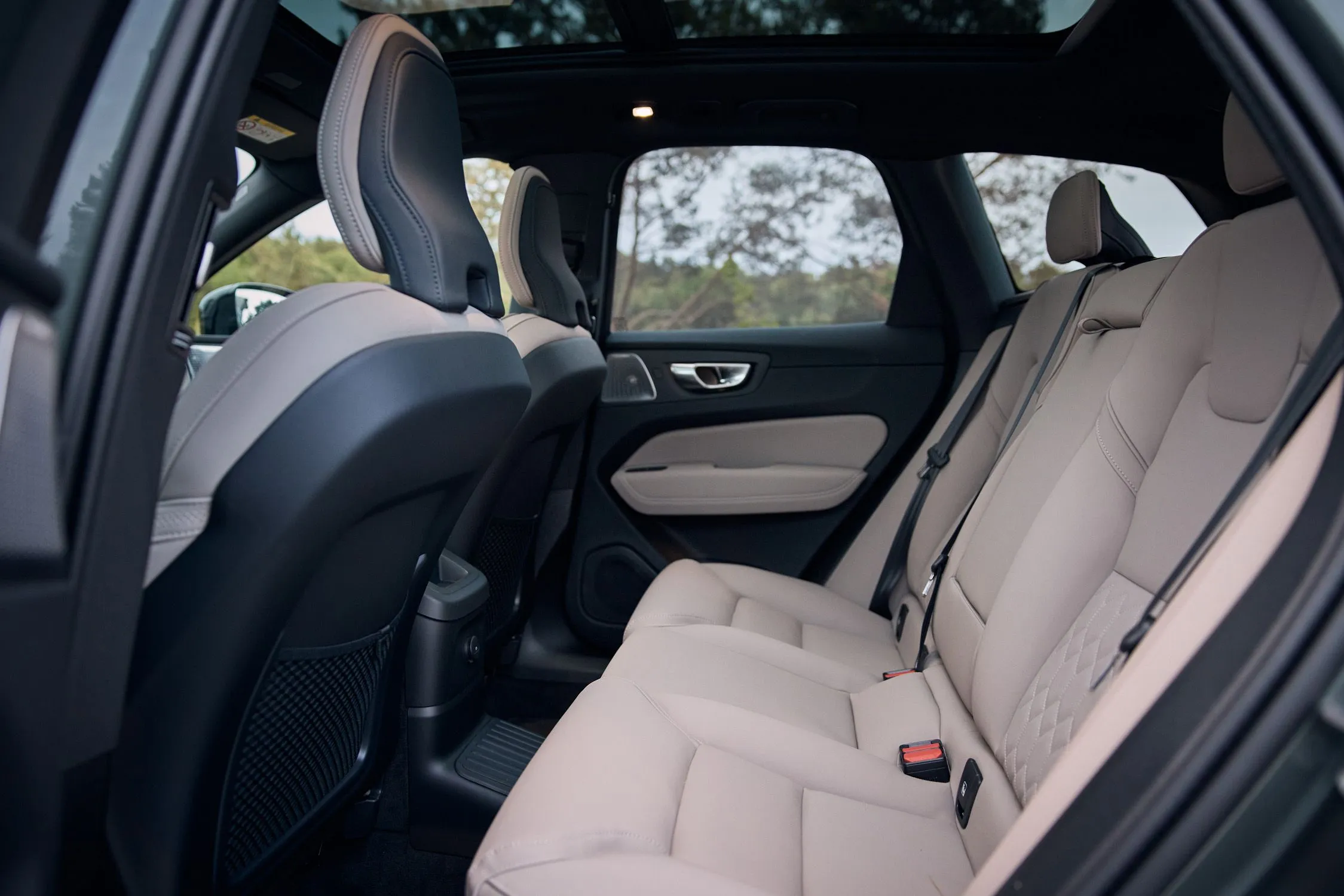
What Technologies Differentiate the 2026 Volvo XC60 from Other Premium SUVs?
Beyond the suite of driving assistance systems and the Google infotainment, the model places a strong emphasis on sustainability, such as the Nordico upholstery and meticulous attention to recycled materials. The Bowers & Wilkins sound system is available on several trims and puts many well-known SUVs to shame. Adaptive air suspension and massaging seats add comfort for those who prioritize pampering while the car is parked.
And if innovation piques your interest, it’s also worth keeping an eye on new generations of electric and hybrid vehicles, such as the 2026 Volvo EX30 Cross Country, which showcases how committed Volvo is to cutting-edge technology in the global SUV segment.
Frequently Asked Questions About the 2026 Volvo XC60
- Is the 2026 Volvo XC60 a fully electric SUV? No, but it offers plug-in versions that bring everyday use very close to an electric vehicle.
- Is the integrated Google system easy to use? Yes, it’s perhaps the most intuitive in its category currently, without annoying lag.
- Is the price worth it compared to BMW and Mercedes? For those who value standard safety and technology, the cost-benefit is surprising, but it’s not for everyone.
- Is maintenance more expensive than with rivals? It’s similar to other premium imported SUVs, but plug-in hybrids require a bit more preparation (and patience).
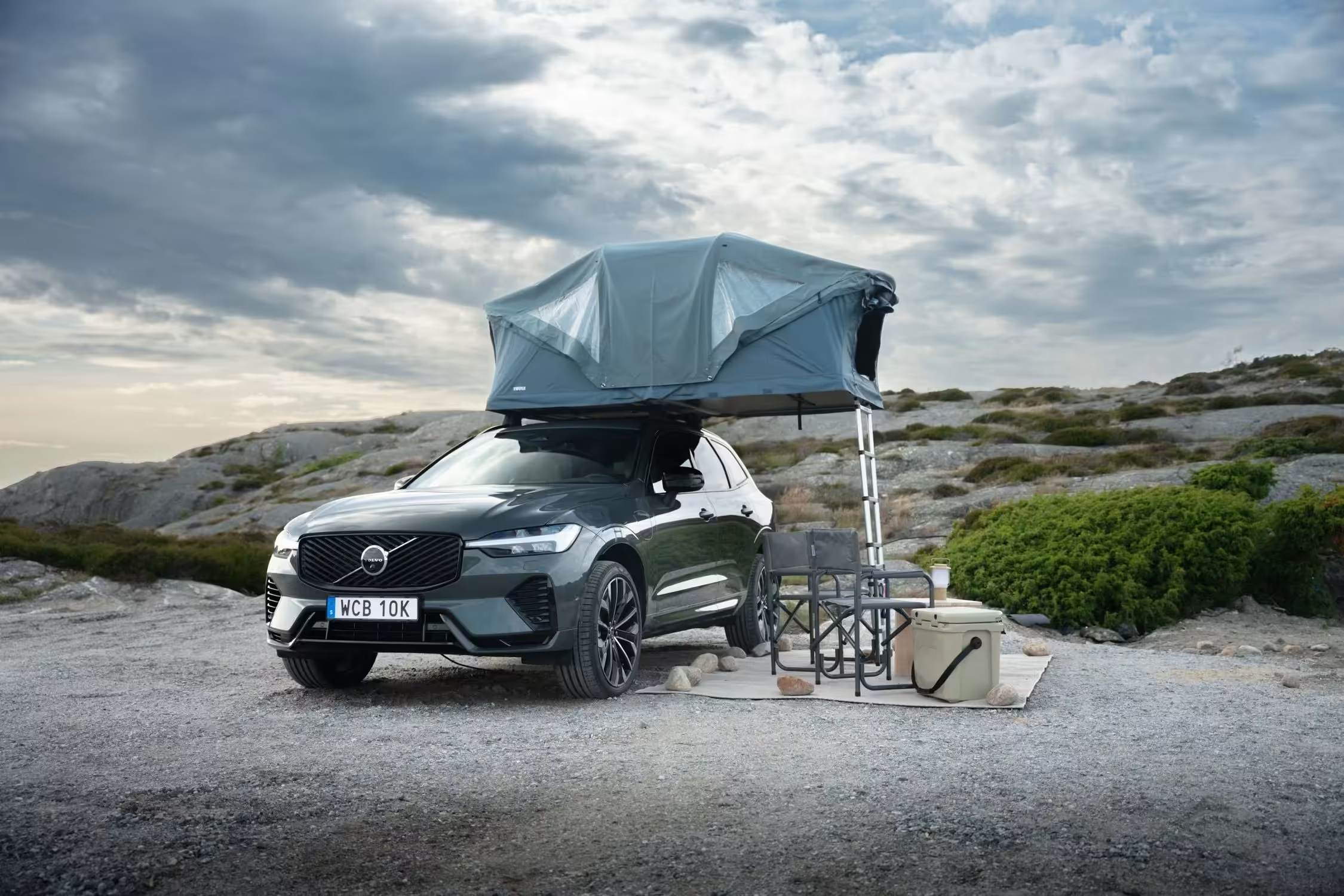
2026 Volvo XC60 FAQ: Crucial Questions, Direct Answers
- What is the MPG of the plug-in hybrid XC60? It reaches up to 54 MPG in combined mode on the international cycle.
- Does it have all-wheel drive? Yes, on all globally available powertrains.
- Does it work with any electric charger? It supports international standards, but it’s always good to check compatibility to avoid hassle.
- Does the T8 version’s performance surpass the hybrid BMW X3? Yes, and by a good margin, both in horsepower and acceleration.
- In the real world, what’s the most annoying thing about the XC60? The price, the small trunk in PHEVs, and the 112 mph speed limit, which can put off those who like to drive fast legally.
For other technical analyses of premium SUVs, I recommend the article 2025 Mercedes-AMG E53 HYBRID 4MATIC+, which shows how other brands are packing their models with respectable electric and hybrid innovations.
Honestly? There’s no perfect premium SUV: every model has its demons and virtues. However, the 2026 Volvo XC60 gets a lot right by focusing on safety, modern design, and real electrification – and it annoys by charging a high price, limiting speed, and restricting engine options depending on where you live. In the end, it delivers exactly what it promises and doesn’t disappoint those who value true Scandinavian luxury. But if you’re looking for maximum space and want to save money even on your trip to the bakery, you might want to rethink before opening your wallet.
So, did you like the analysis, or do you think I missed any annoying detail about the 2026 Volvo XC60? Let me know in the comments and let’s have a real conversation!

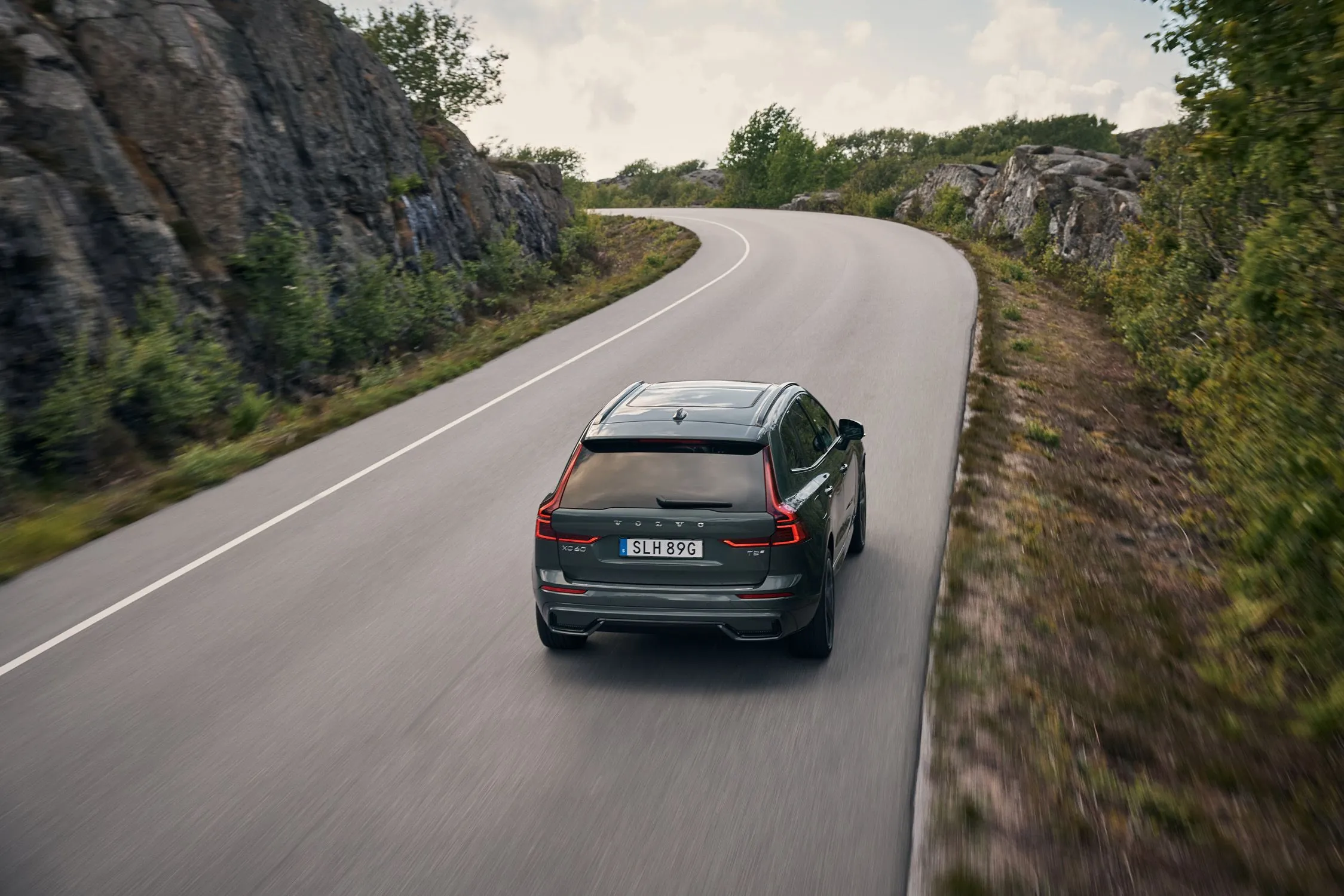
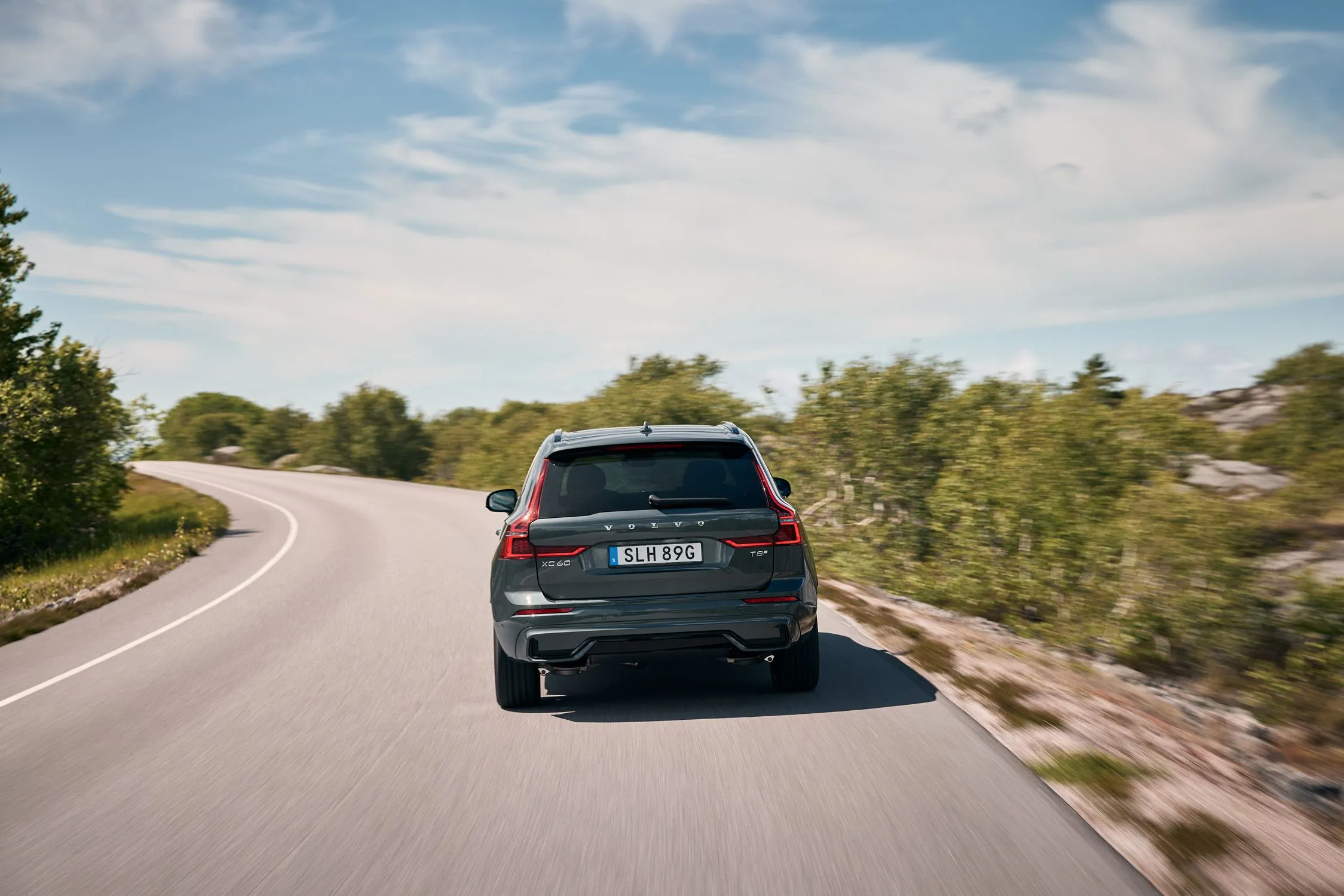
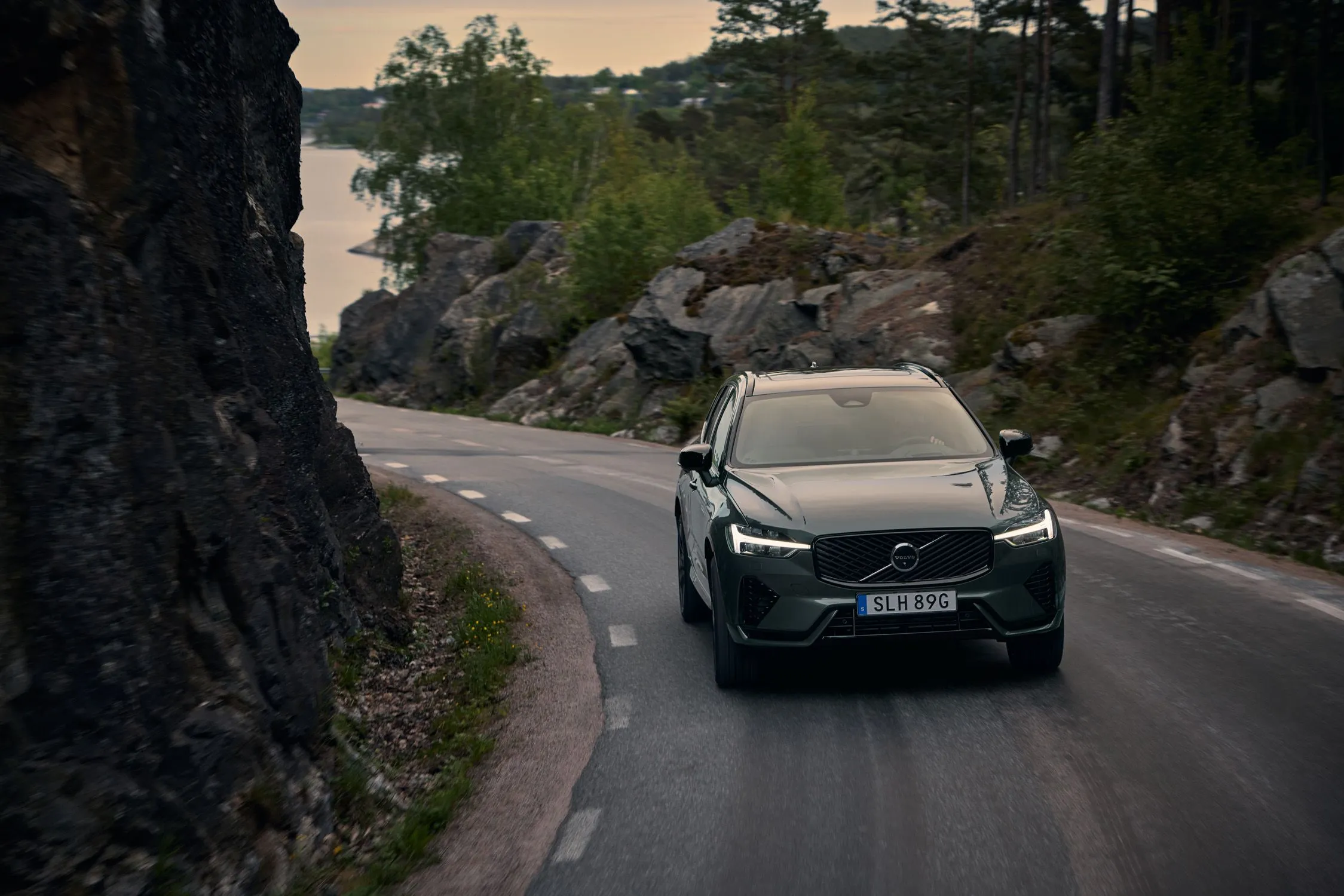


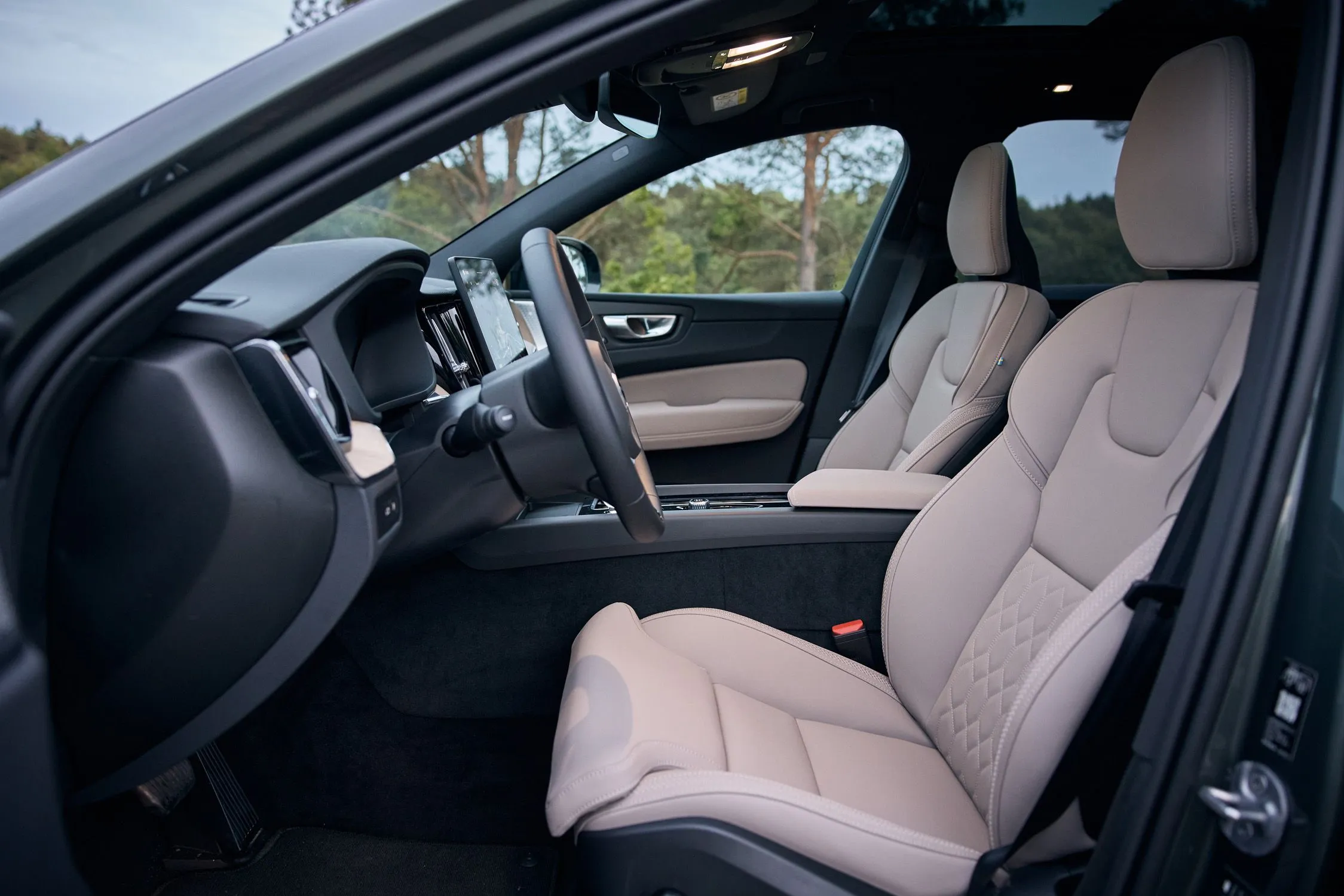

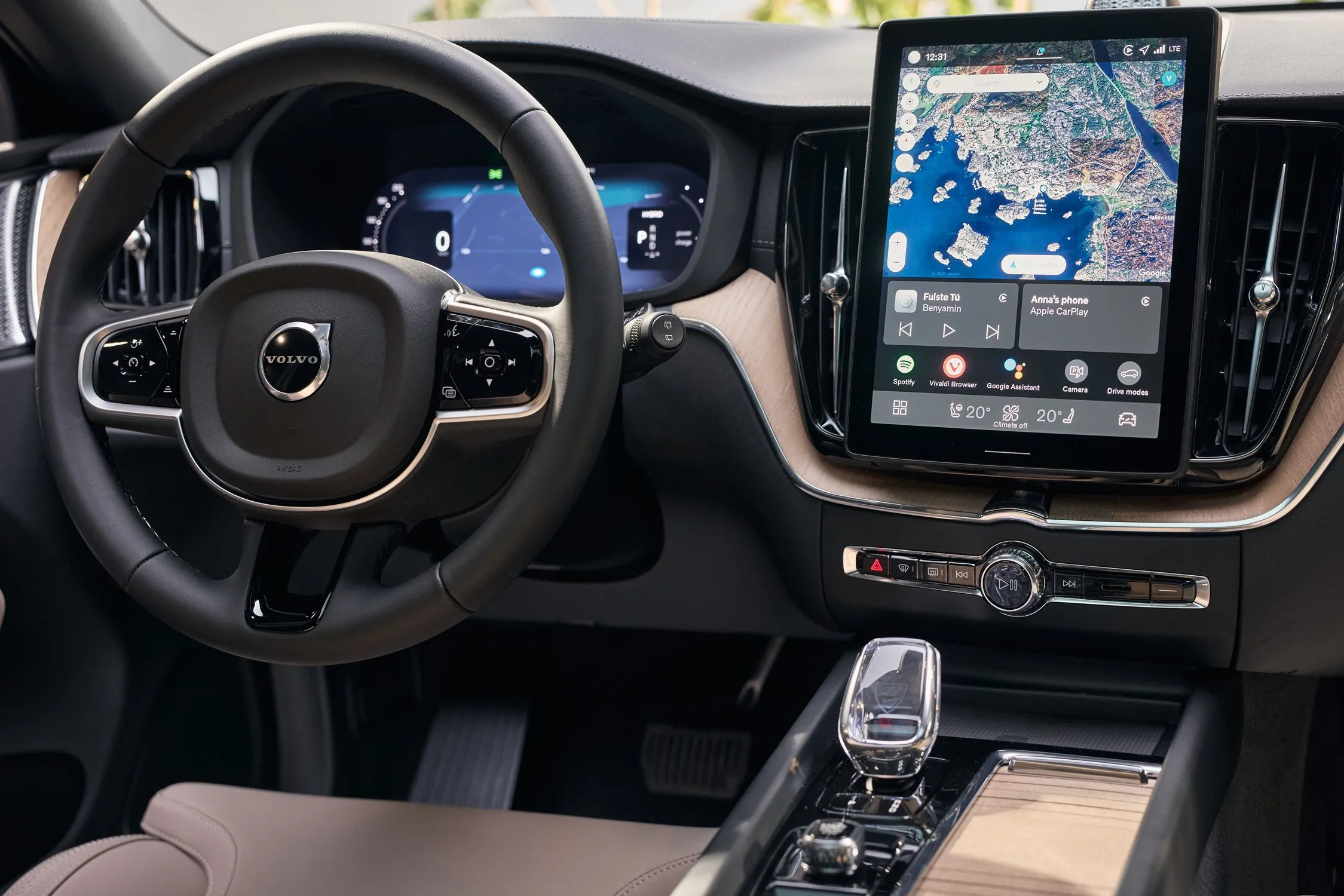
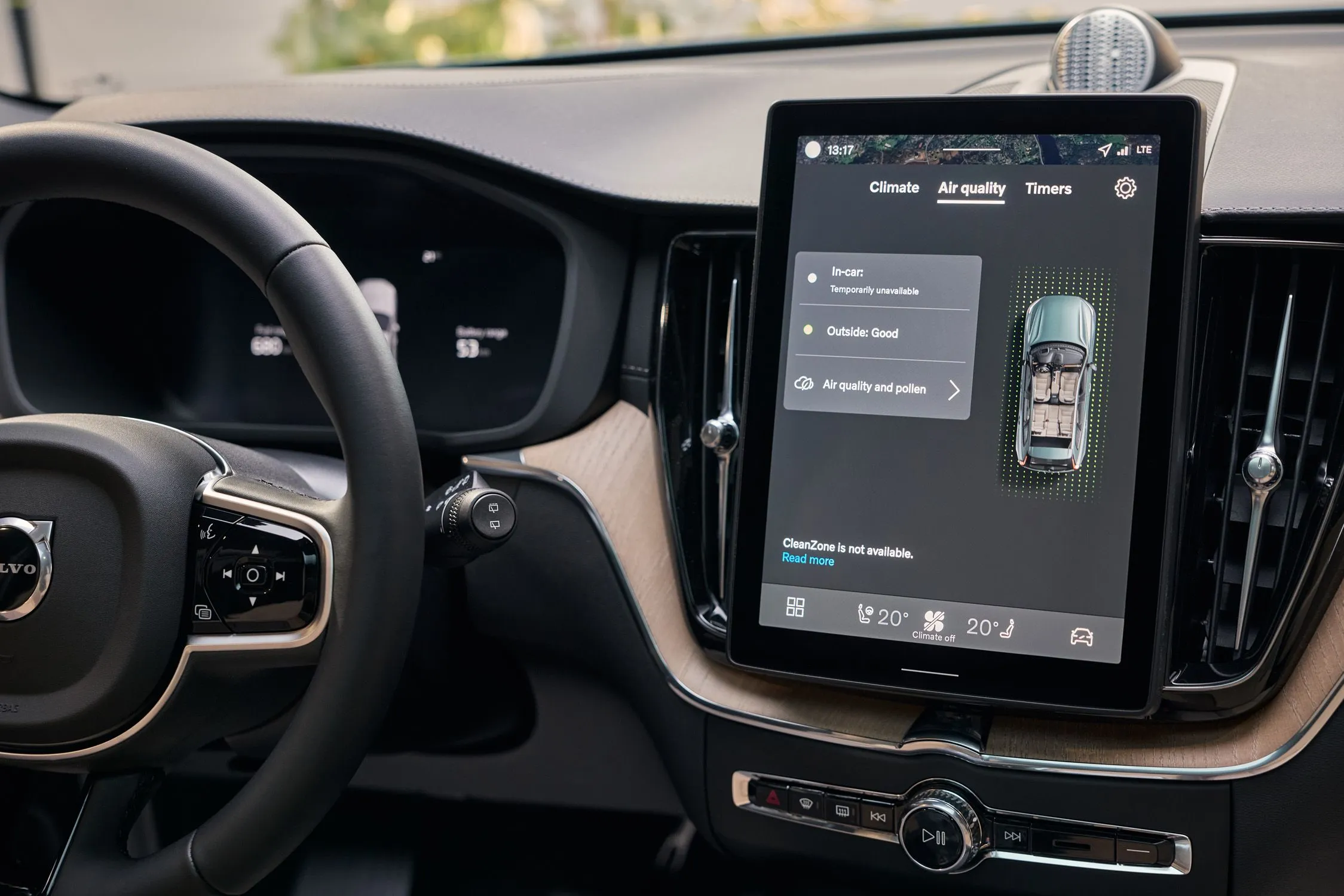
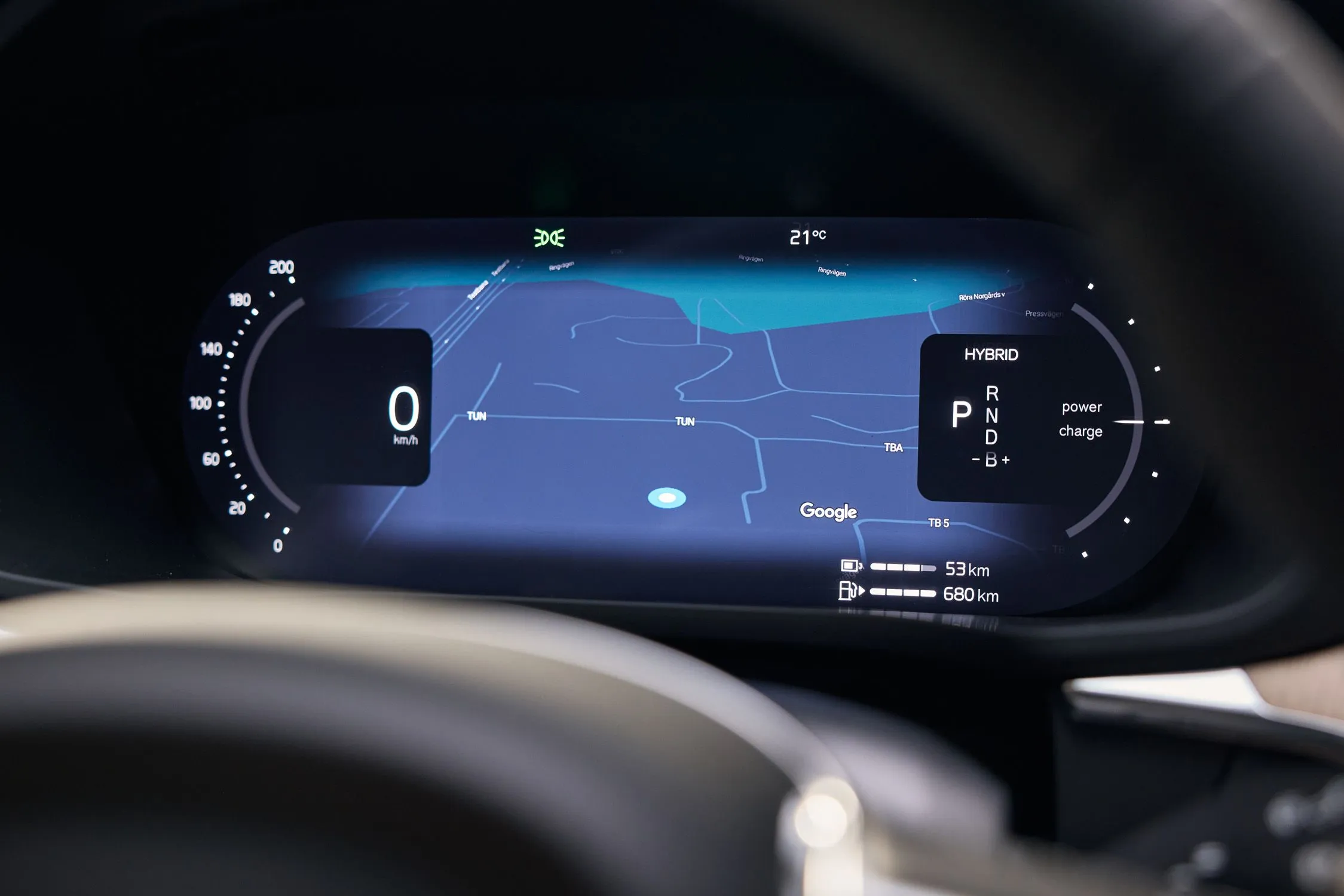
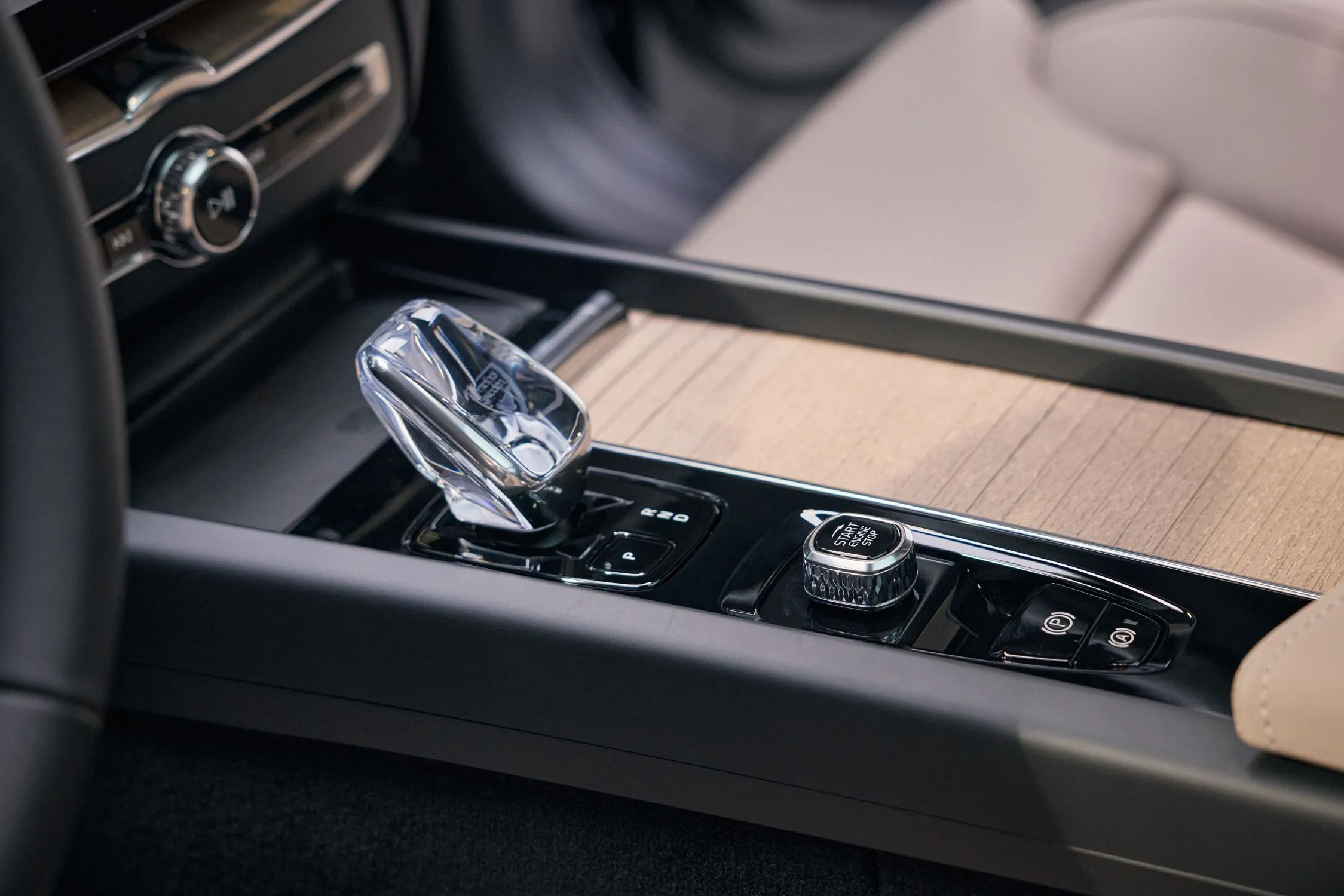
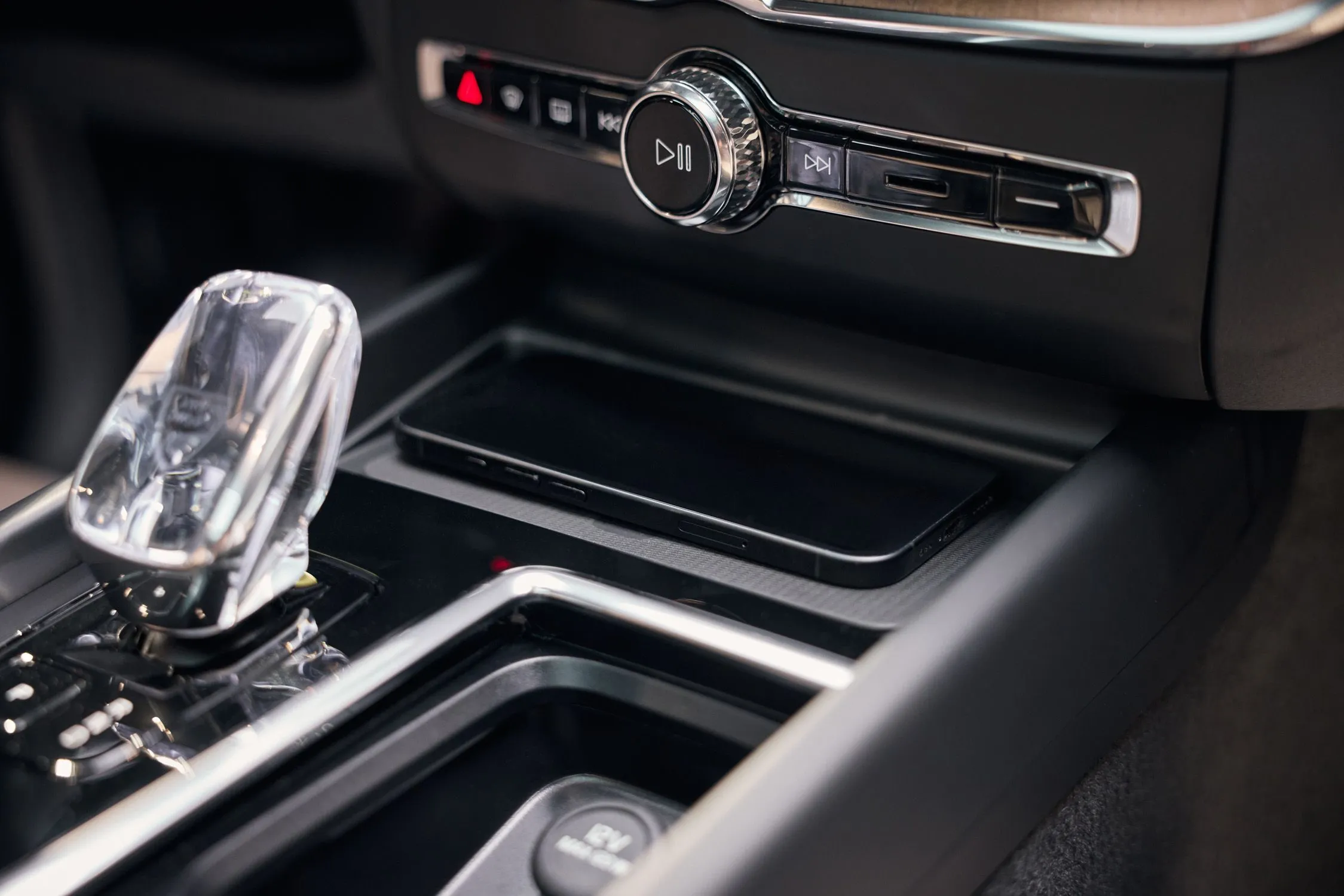
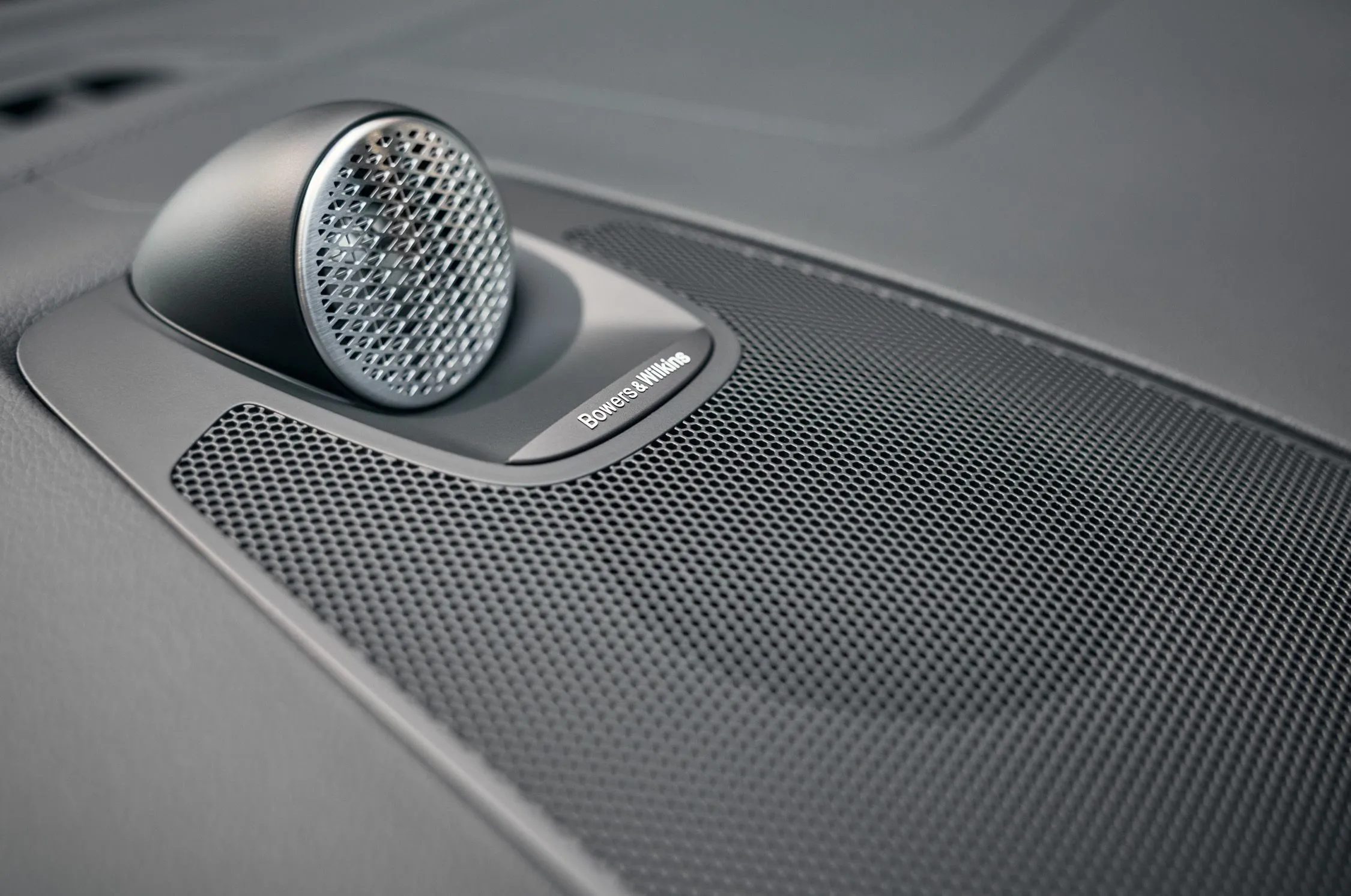
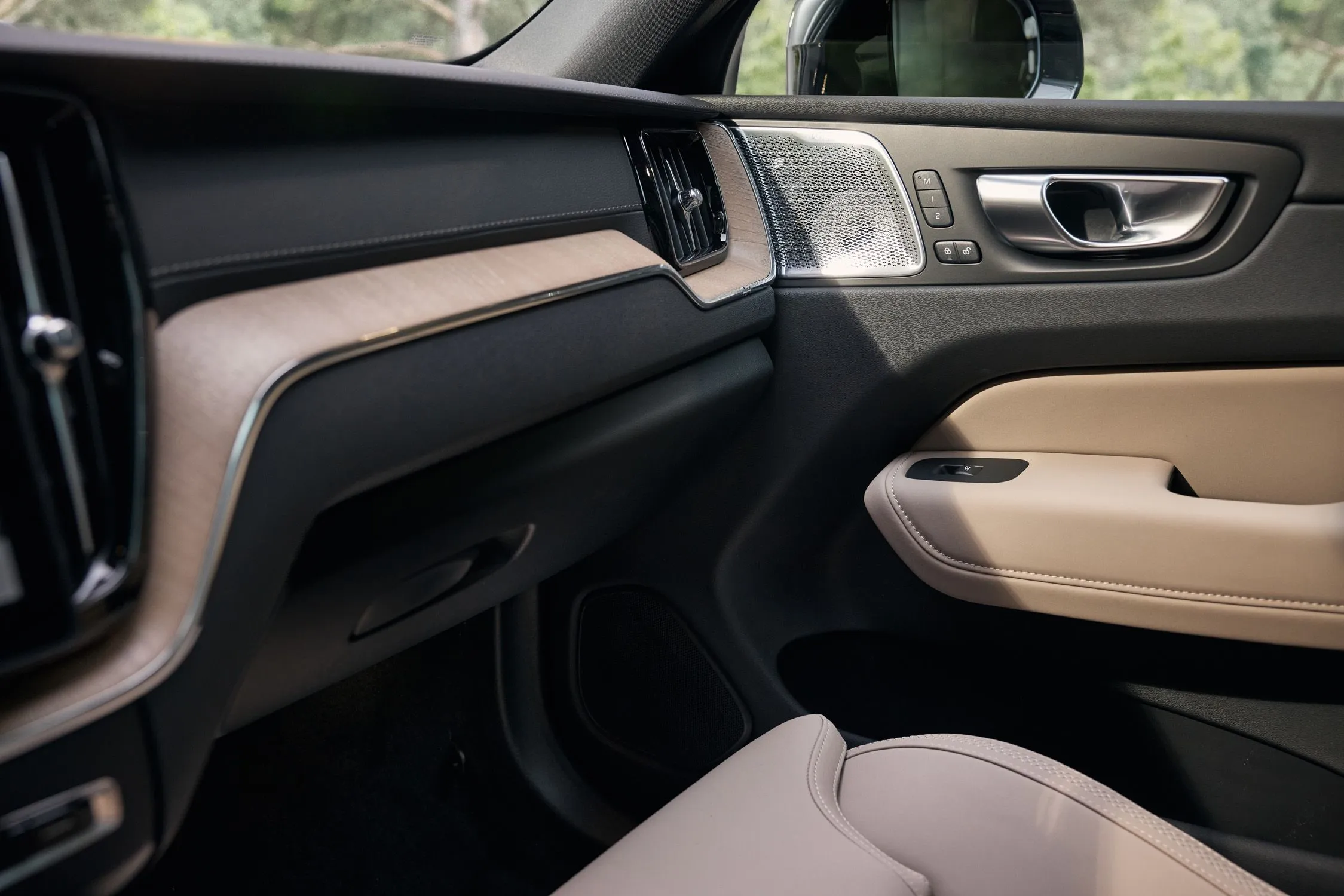
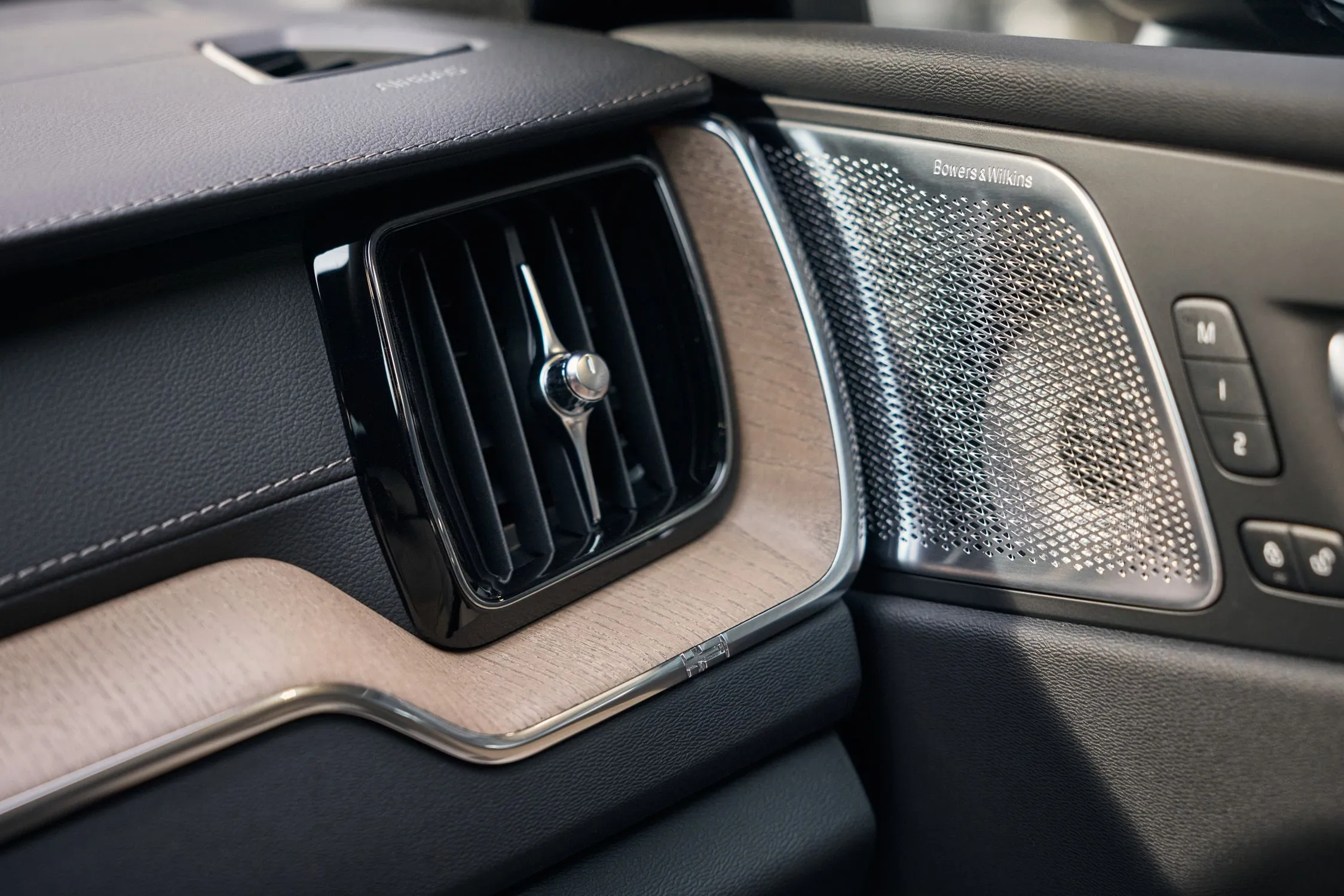
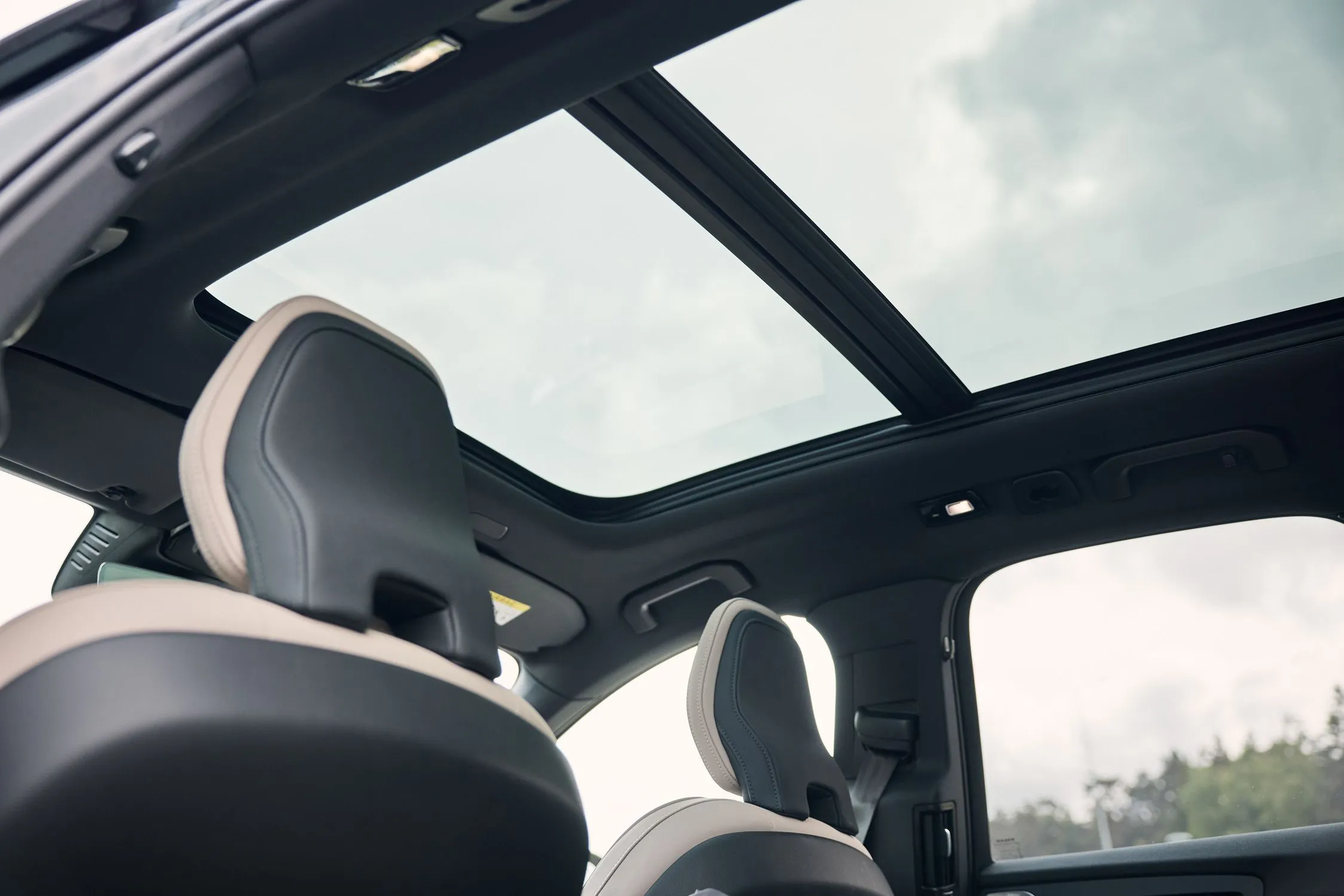
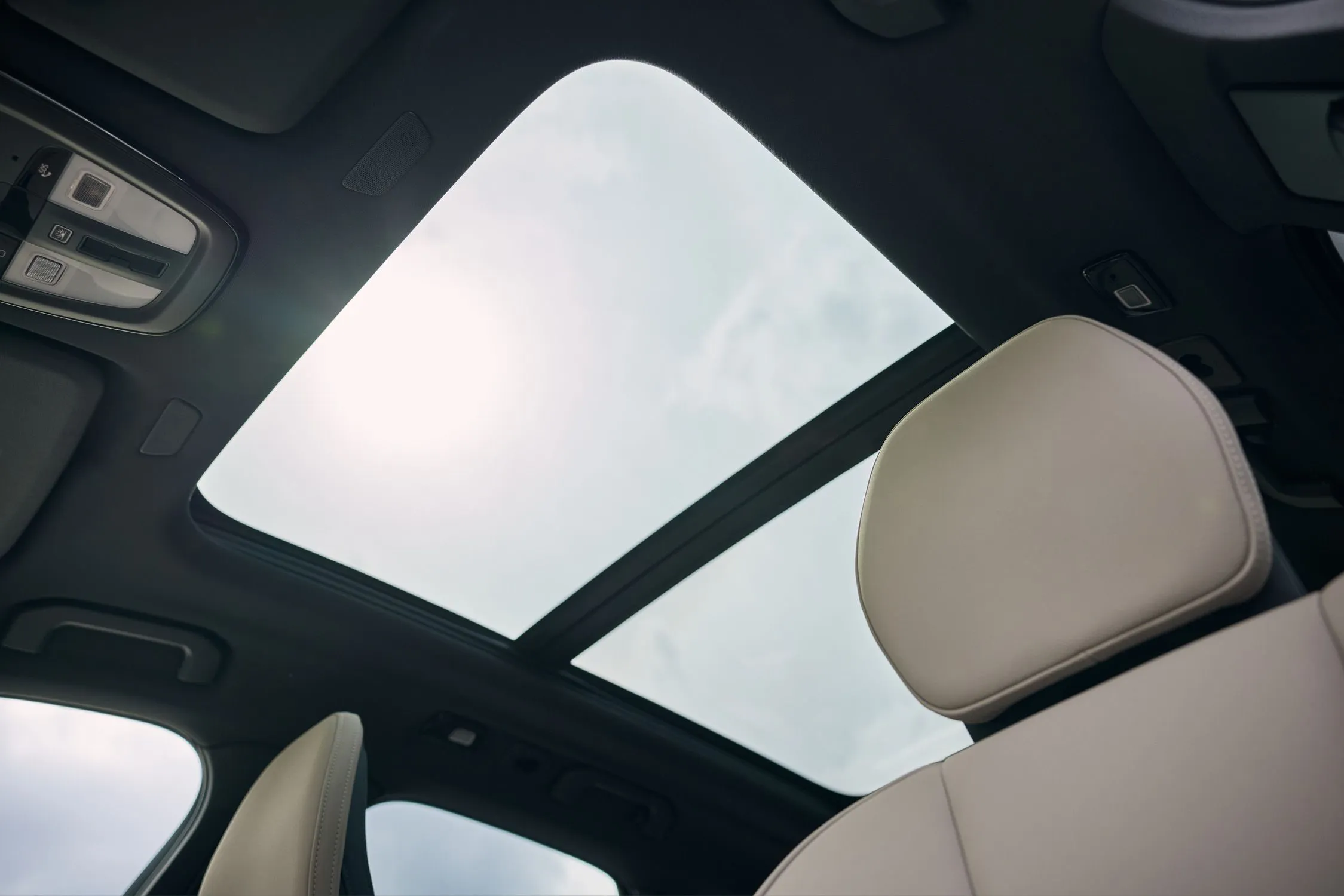

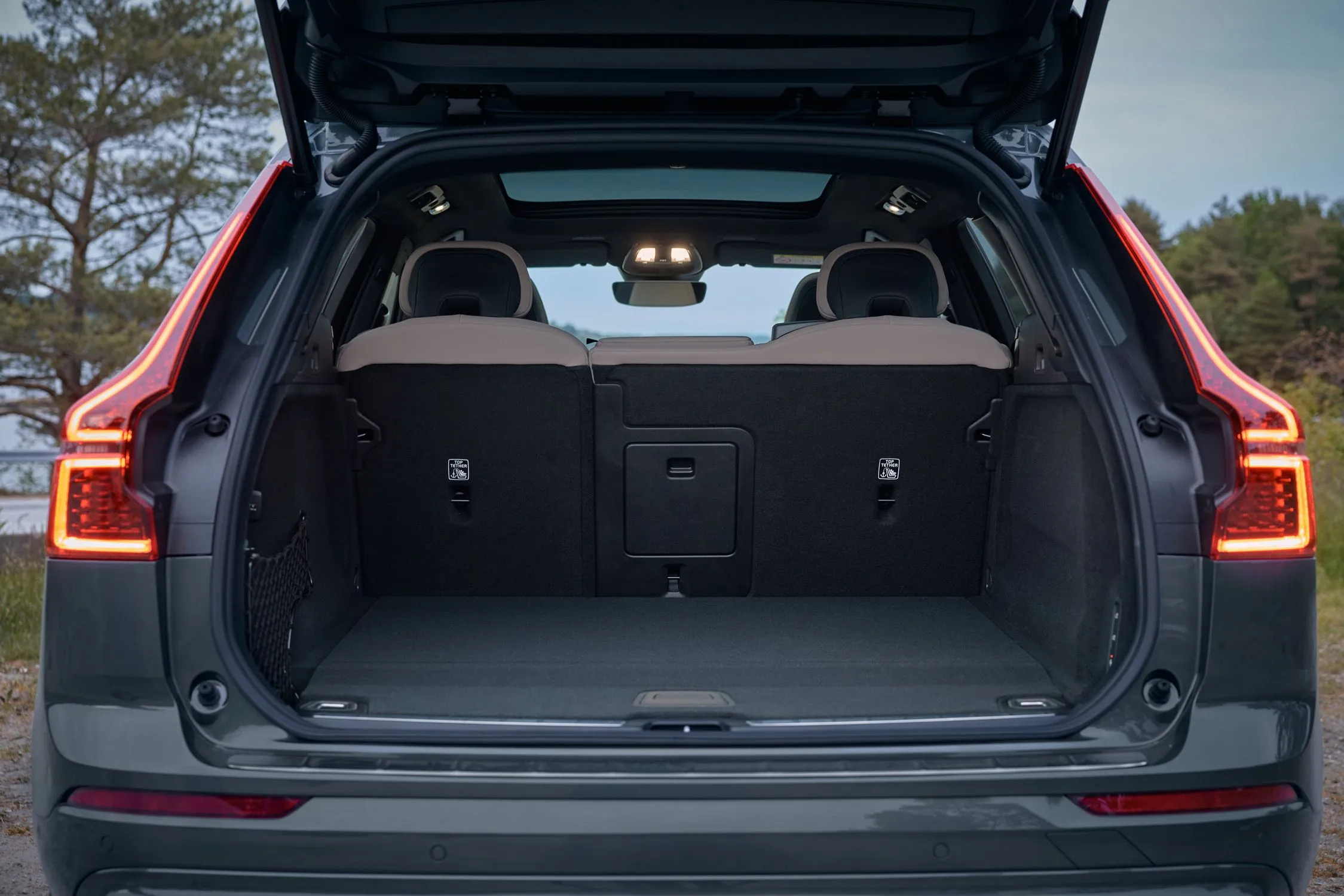
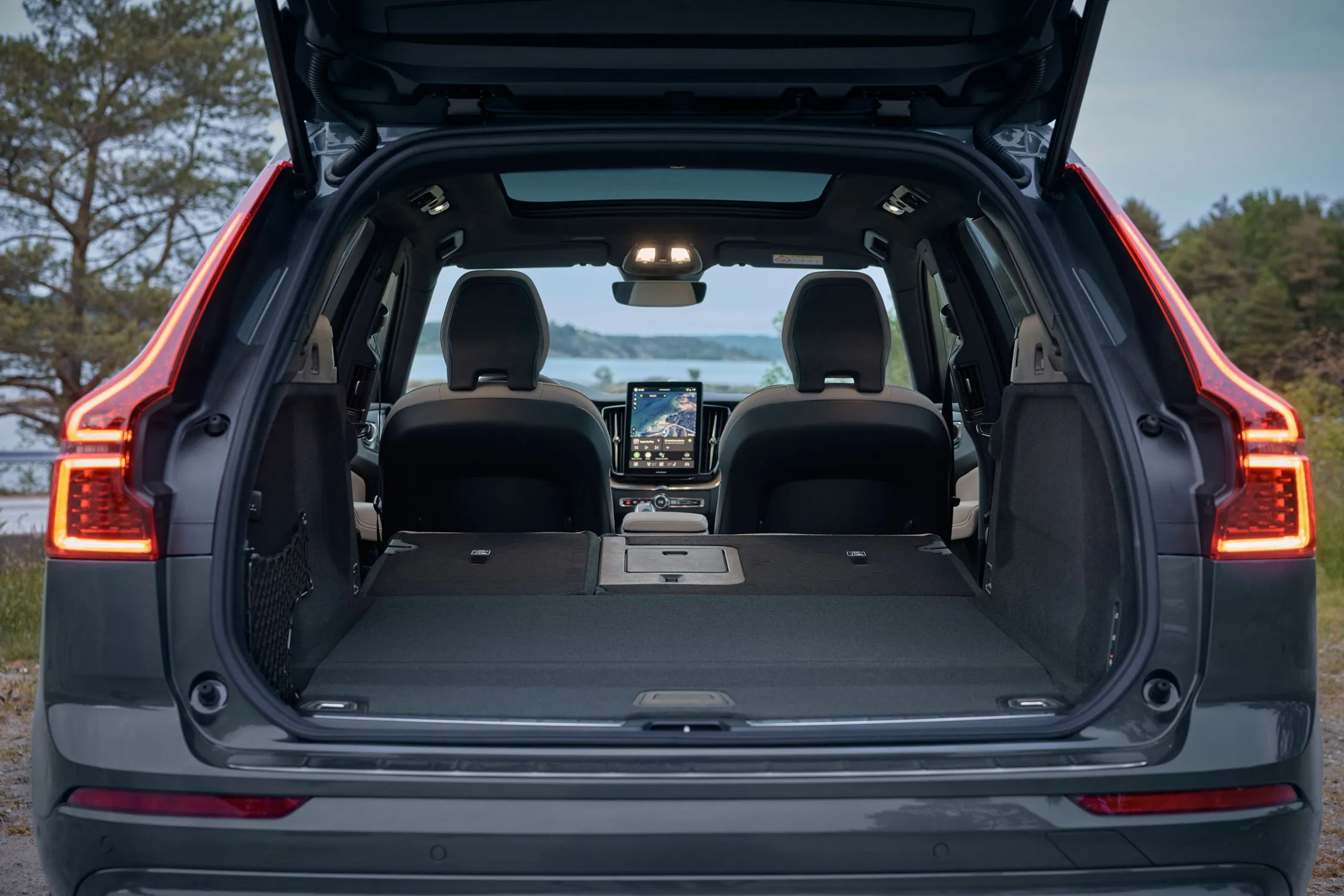
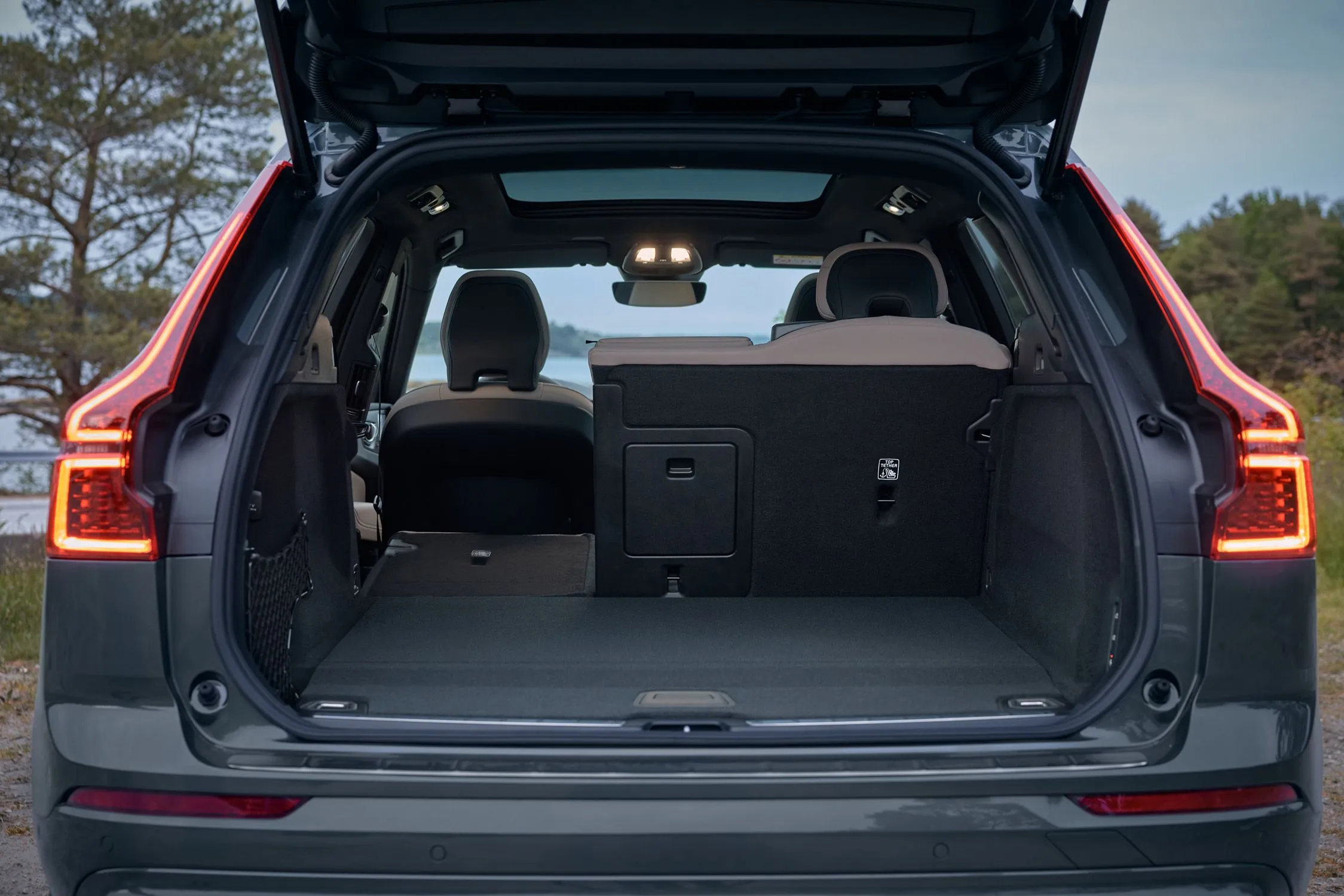


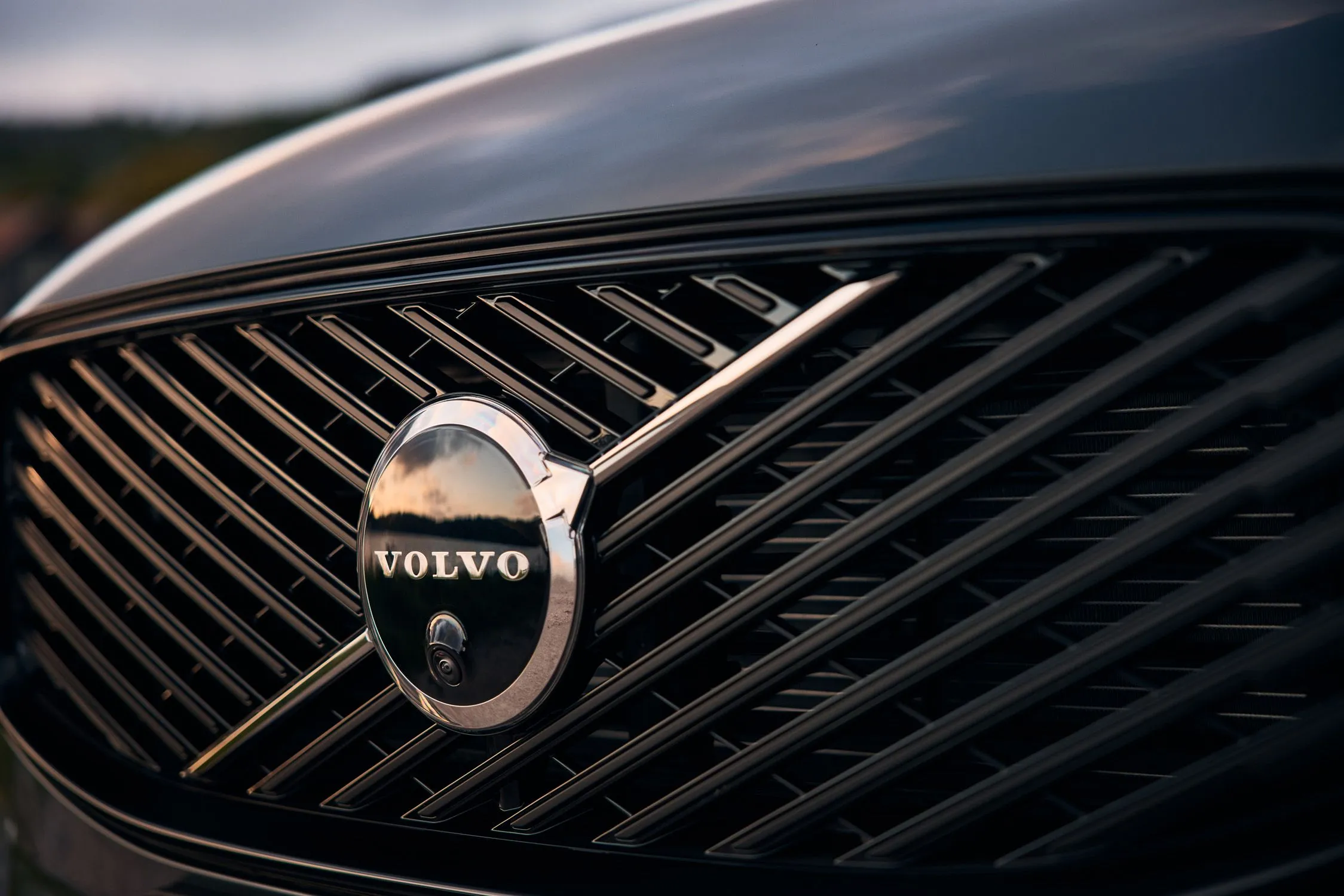
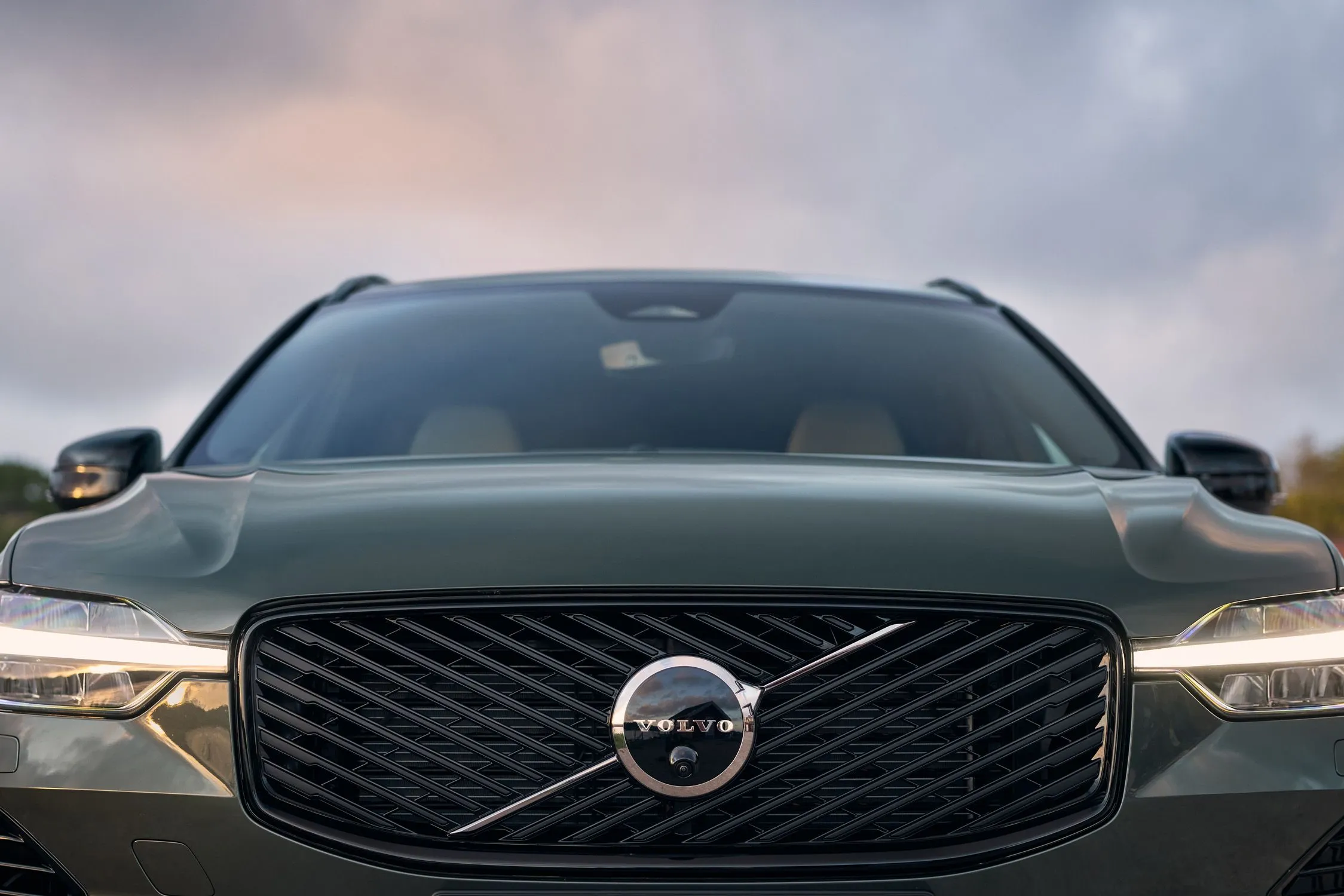
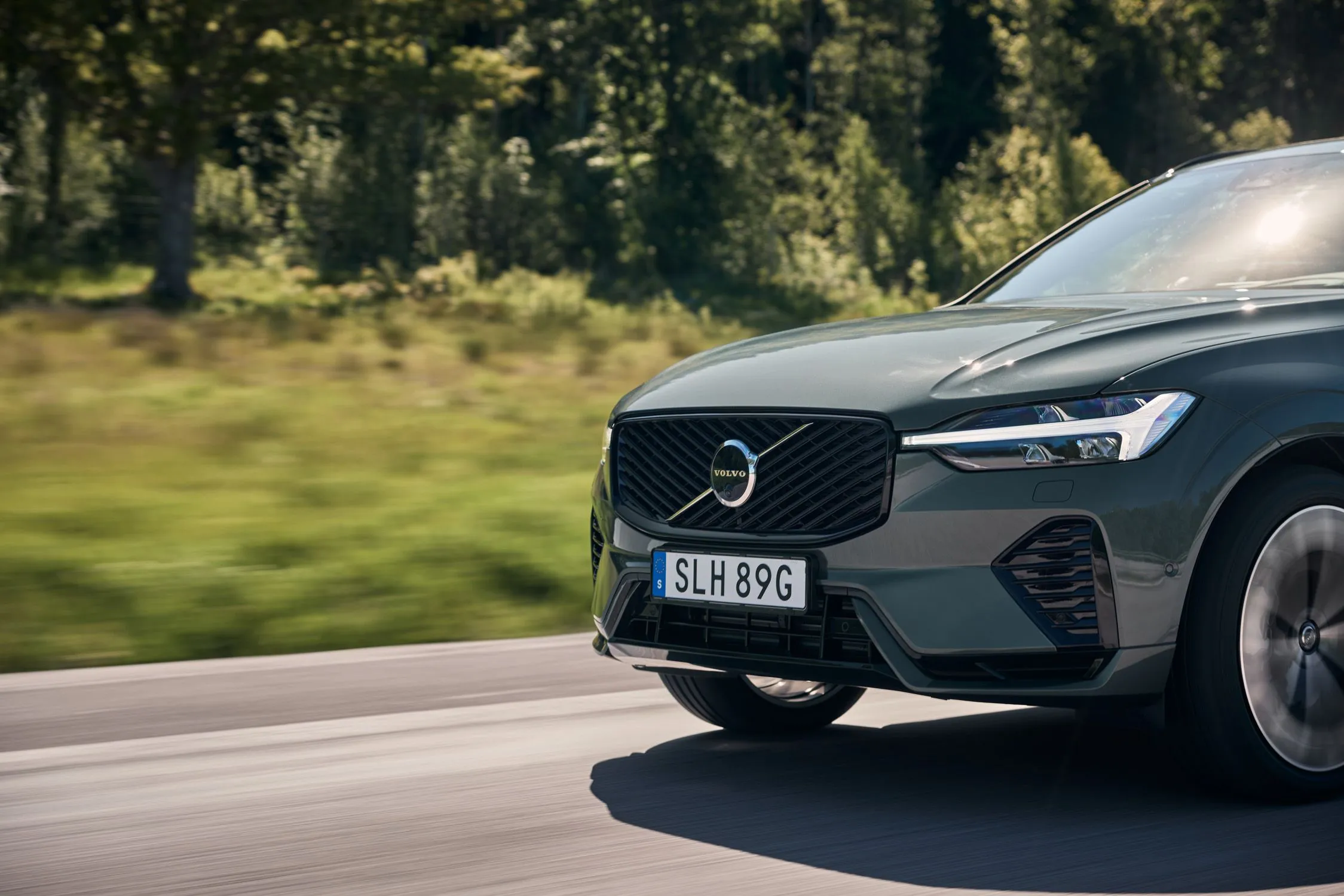

Author: Fabio Isidoro
Fabio Isidoro is the founder and editor-in-chief of Canal Carro, where he has been writing about the automotive world since 2022. Passionate about cars and technology, he began his journey on the HospedandoSites portal and today dedicates himself to creating technical content and comprehensive analyses of national and international vehicles. 📩 Contact: contato@canalcarro.net.br

